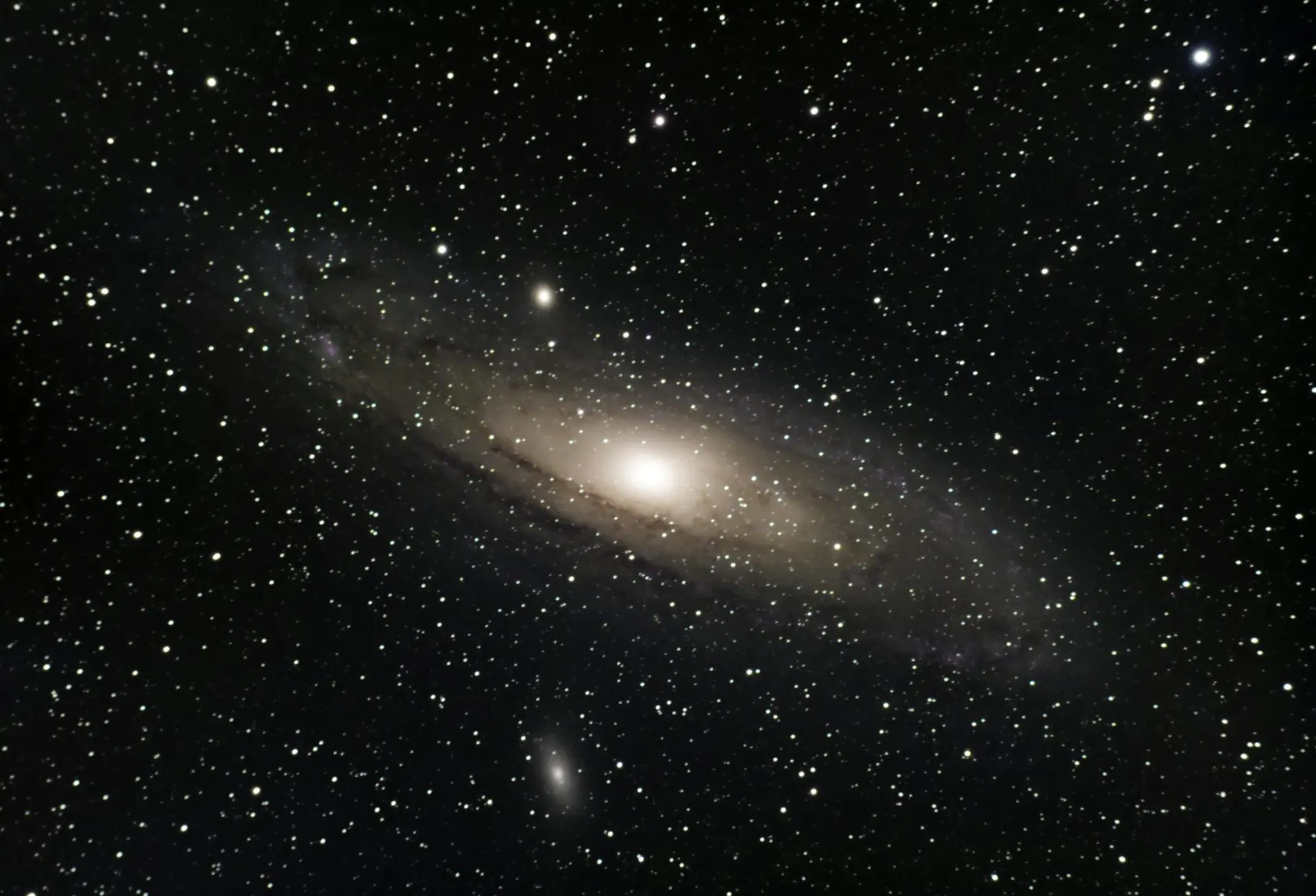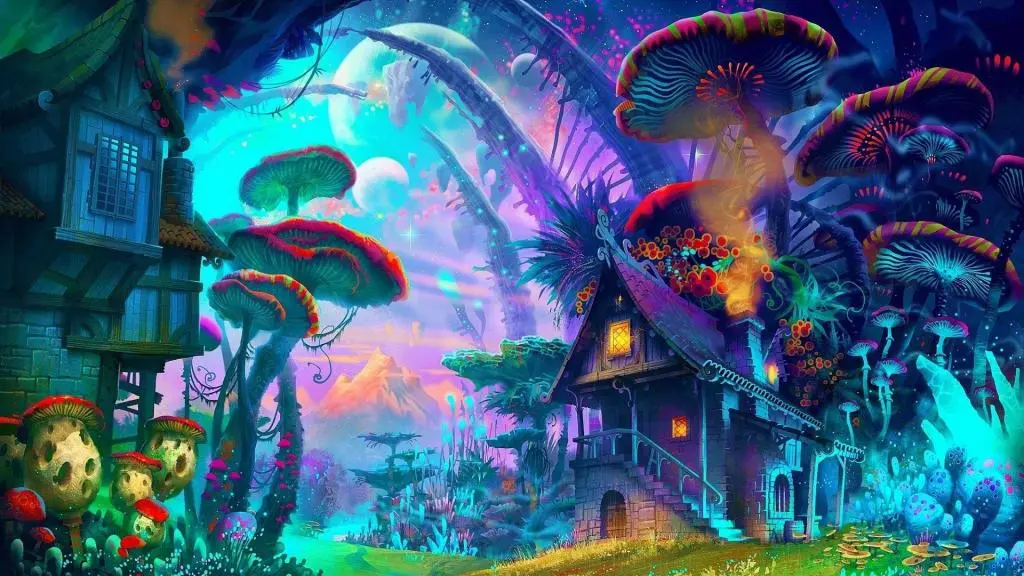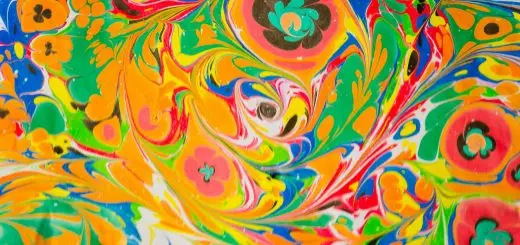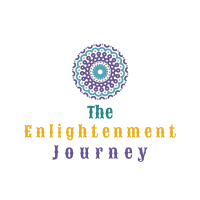Vajrayana: The Diamond Way to Ultimate Liberation

Looking for more amazing products? Check out our online store and explore our collection here! Happy shopping!
Before diving in, please note: This post is for informational purposes only. If you’d like to know more about how we approach topics, feel free to check out our friendly Disclaimer Page.
Hey there, amazing readers! 
We’re committed to delivering quality posts, and your support (even just sticking around despite the ads) means everything to us. So, bear with us, and thanks for helping us keep the good vibes rolling. Now, on to the fun stuff!
TRANSLATE BUTTON AT THE END OF THE ARTICLE
A Quick Overview
Vajrayana, also known as the Diamond Way, is a branch of Buddhism that is known for its esoteric teachings and practices.
It is considered to be one of the three main schools of Buddhism, alongside Theravada and Mahayana.
Vajrayana is known for its emphasis on swift enlightenment and the use of rituals, mantras, and visualizations to achieve ultimate liberation.
This article will delve into the origins, key teachings, practices, and controversies surrounding Vajrayana Buddhism.
Introduction to Vajrayana Buddhism
Vajrayana is a form of Buddhism that is primarily practiced in Tibet, Bhutan, Mongolia, and parts of China and Nepal.
It is known for its elaborate rituals, visualizations, and use of symbols known as mudras and mantras.
Vajrayana practitioners believe that enlightenment can be achieved in a single lifetime through these practices, as opposed to the gradual path of other Buddhist schools.
Origins and History of Vajrayana
Vajrayana Buddhism is believed to have originated in India in the 6th to 7th centuries CE.
It is said to have been founded by the legendary Indian Buddhist master Padmasambhava, who is credited with introducing Buddhism to Tibet.
Vajrayana was developed as a synthesis of Indian Buddhist teachings and the indigenous Tibetan Bon religion.
Over time, Vajrayana spread to other parts of Asia, including Nepal, Bhutan, Mongolia, and China.
Key Teachings and Beliefs
The key teachings of Vajrayana Buddhism revolve around the concept of emptiness, the nature of mind, and the importance of compassion.
Vajrayana practitioners believe that all phenomena are ultimately empty of inherent existence and that enlightenment can be attained by realizing this emptiness.
They also believe in the importance of guru-disciple relationships, where the guru acts as a spiritual guide and mentor on the path to enlightenment.
Practices and Rituals in Vajrayana
Vajrayana is known for its elaborate rituals and practices, which often involve visualizations of deities, mantras, and mudras.
One of the main practices in Vajrayana is deity yoga, where practitioners meditate on themselves as a deity to realize their own Buddha-nature.
Other practices include the creation and dissolution of mandalas, the recitation of mantras, and various forms of meditation.
Role of Guru in Vajrayana Tradition
In Vajrayana Buddhism, the guru plays a central role in the spiritual development of the practitioner.
The guru is seen as a source of blessings, teachings, and guidance on the path to enlightenment.
The guru-disciple relationship is considered sacred, and the guru is revered as a living embodiment of the Buddha’s teachings.
Vajrayana practitioners believe that without the guidance of a qualified guru, it is impossible to attain enlightenment.
Understanding Tantra in Vajrayana Buddhism
Tantra is a key component of Vajrayana Buddhism, and it refers to a set of esoteric teachings and practices aimed at achieving spiritual realization.
Tantric practices often involve the use of rituals, visualizations, and energy work to awaken the practitioner’s inner potential.
Tantra is based on the belief that the physical body and the energy channels within it can be used as a means to achieve enlightenment.
The Concept of Emptiness in Vajrayana
The concept of emptiness, or shunyata, is a central tenet of Vajrayana Buddhism.
Practitioners believe that all phenomena are empty of inherent existence, meaning that they lack a separate, independent self.
Understanding emptiness is seen as a crucial step on the path to enlightenment, as it helps practitioners let go of attachments and delusions that lead to suffering.
Through meditation and contemplation on emptiness, practitioners aim to realize the true nature of reality.
Mandalas and Deity Yoga in Vajrayana
Mandalas are intricate geometric patterns that are used as visual aids in meditation and ritual practices in Vajrayana Buddhism.
Mandalas represent the universe and are often used as a tool for focusing the mind and cultivating inner peace.
Deity yoga, on the other hand, is a practice in which practitioners meditate on themselves as a deity to realize their own Buddha-nature.
Deity yoga is believed to help practitioners purify their mind and develop qualities such as compassion and wisdom.
Importance of Mantras in Vajrayana
Mantras are sacred sounds, syllables, or phrases that are recited as part of Vajrayana practices to invoke the blessings of deities and protectors.
Mantras are believed to have the power to transform the mind and purify negative karma.
They are often recited during meditation, rituals, and other spiritual practices to focus the mind and cultivate inner qualities such as compassion, wisdom, and clarity.
Vajrayana Meditation Techniques
Vajrayana meditation techniques are designed to help practitioners cultivate mindfulness, concentration, and insight.
One of the main meditation practices in Vajrayana is Shamatha, or calm-abiding meditation, which involves focusing the mind on a single object to develop stability and clarity.
Another common meditation practice is Vipassana, or insight meditation, which involves observing the nature of the mind and phenomena to gain insight into the true nature of reality.
Vajrayana Lineages and Schools
Vajrayana Buddhism has several lineages and schools, each with its own unique teachings and practices.
Some of the major Vajrayana lineages include the Nyingma, Kagyu, Sakya, and Gelug schools.
Each lineage has its own set of practices, rituals, and teachings, but they all share the common goal of attaining ultimate liberation.
Vajrayana lineages are passed down from master to disciple through a lineage of oral transmissions and empowerments.
Criticisms and Controversies Surrounding Vajrayana
Despite its rich history and profound teachings, Vajrayana Buddhism has not been without its controversies.
One of the main criticisms of Vajrayana is its use of tantric practices, which some view as esoteric and potentially harmful.
There have been reports of abuse and misconduct by some Vajrayana teachers, leading to calls for greater transparency and accountability within the tradition.
Critics also point to the hierarchical nature of the guru-disciple relationship in Vajrayana, which can sometimes lead to exploitation and manipulation.
Conclusion
Vajrayana Buddhism, also known as the Diamond Way, offers a rich and profound path to ultimate liberation through its esoteric teachings and practices.
With its emphasis on rituals, visualizations, and the guru-disciple relationship, Vajrayana provides a unique approach to spiritual development and enlightenment.
While there have been criticisms and controversies surrounding Vajrayana, its teachings continue to inspire and guide practitioners on the path to awakening.
As with any spiritual tradition, it is essential for practitioners to approach Vajrayana with discernment and critical inquiry to ensure that their spiritual journey is guided by wisdom and compassion.

The Enlightenment Journey is a remarkable collection of writings authored by a distinguished group of experts in the fields of spirituality, new age, and esoteric knowledge.
This anthology features a diverse assembly of well-experienced authors who bring their profound insights and credible perspectives to the forefront.
Each contributor possesses a wealth of knowledge and wisdom, making them authorities in their respective domains.
Together, they offer readers a transformative journey into the realms of spiritual growth, self-discovery, and esoteric enlightenment.
The Enlightenment Journey is a testament to the collective expertise of these luminaries, providing readers with a rich tapestry of ideas and information to illuminate their spiritual path.
Our Diverse Expertise
While our primary focus is on spirituality and esotericism, we are equally passionate about exploring a wide range of other topics and niches 

To ensure we provide the most accurate and valuable insights, we collaborate with trusted experts in their respective domains 
Our blog originally focused on spirituality and metaphysics, but we’ve since expanded to cover a wide range of niches. Don’t worry—we continue to publish a lot of articles on spirituality! Frequently visit our blog to explore our diverse content and stay tuned for more insightful reads.
Hey there, amazing reader! 
Check out our store here and take a peek at some of our featured products below! Thanks for being awesome!











